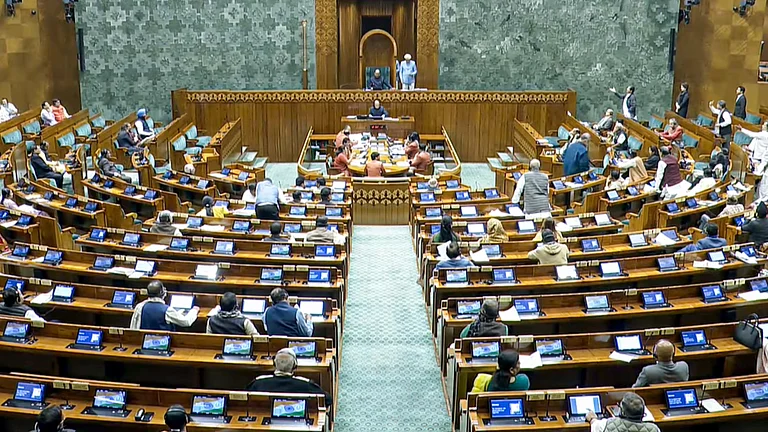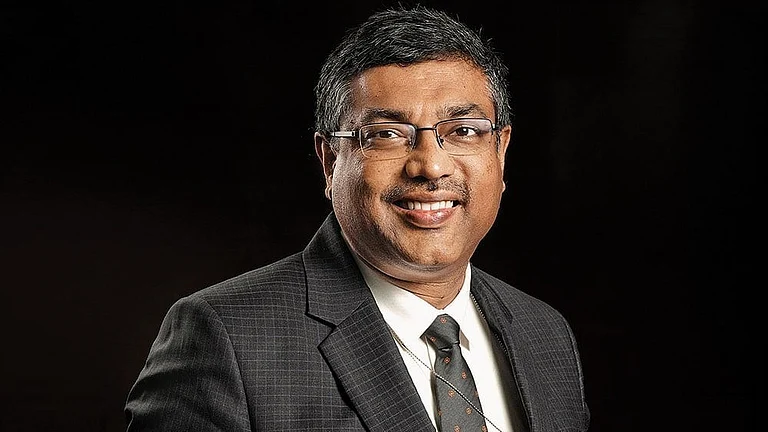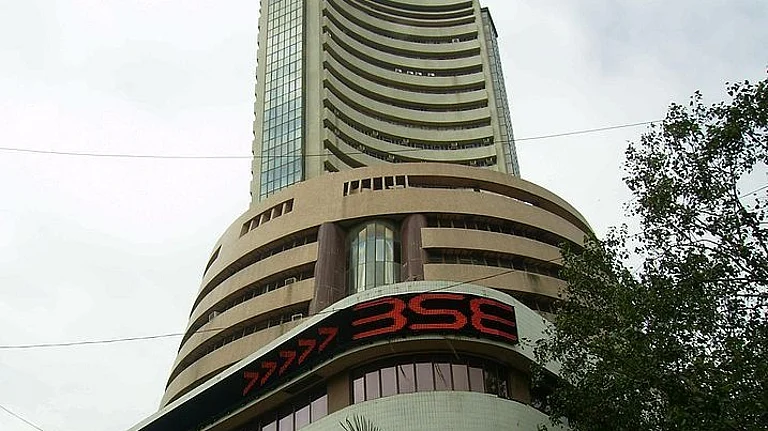India’s youth have faced employment shortages for several decades. However, data suggests that the problem has assumed the proportions of a crisis in the past 10 years. Youth unemployment rates were about 6% for 15–29-year-olds in 2011-12 (National Sample Survey Office, Employment and Unemployment Survey).
However, that rate had in 2017–18, already reached 18% on a much higher population of youth (in that same age group). This was the highest unemployment rate India had experienced in 45 years of data collection through labour force surveys. According to an International Labour Organisation (ILO) study, 83% of India’s unemployed are accounted for by youth.
There is some evidence in recent years that the attraction of government jobs has only increased, just as the number of non-farm jobs being created in the private sector began to grow more slowly in the past decade.
Evidence from the NSSO indicates that non-farm jobs were growing at the rate of roughly 7.5mn new jobs per annum between 2004 and 2014. This is not surprising, given that the gross domestic product (GDP) growth was at an unprecedented 7.8% per annum over that period. However, the GDP growth rate fell over the past 10 years to an average of 5.8% per annum. Naturally fewer jobs are being created.
Public vs Private
In addition, the specific differences within organised sector jobs between the private and public sectors have always been significant: assured health benefits in the public sector, which may or may not be available to all private regular jobs. Second, the security of tenure is an added benefit in the public sector. Third, the prospect of a lifelong pension after retirement is the biggest difference.
The Indian government has over 40 lakh sanctioned posts, with more than 30 lakh employees and over 9.64 lakh posts currently vacant. This information was revealed in Parliament during the monsoon session of 2023. The Seventh Central Pay Commission has made recommendations that will apply to 33 lakh central government employees, in addition to 14 lakh armed forces and 52 lakh pensioners.
Civil services: There are 1,365 vacancies in the Indian Administrative Service (IAS) and 703 in the Indian Police Service (IPS). Additionally, there are 1,042 vacancies in the Indian Forest Service (IFS) and 301 in the Indian Revenue Service (IRS), as stated by Union Minister of State for Personnel in Parliament in 2023.
Home ministry: The Ministry of Home Affairs reported that 1,14,245 posts are vacant in various organisations, including the Central Reserve Police Force, Border Security Force and Delhi Police. The vacancies are distributed across different groups.
Railways: One of India’s largest public sector employers, the railways has over 2.63 lakh posts lying vacant as of July 1, 2023. Of these, 53,178 are in operational safety categories. In fact, we are told that had the investment in the early warning system to prevent train accidents been made, not only would the accidents be prevented, but thousands of jobs would have been provided.
As of March 1, 2022, there were 9,64,359 total vacant posts in the central government. According to the annual report of Pay Research Unit, Department of Expenditure, Union Ministry of Finance, the number of employees as on March 1, 2022 in grade A was 1,08,099, in B was 2,92,117 and in C was 26,12,934 in the central government. This shows that 87% of all central government staff consist of the lowest category. (Most of the functions performed by the erstwhile grade D staff have been outsourced.)
In other words, there is not just a quantitative crisis in the Union government, caused by vacant posts; there is also a serious and long-standing crisis of quality of the employees.
Spotlight on States
The fact that India has too small a government for the size of its population and the sheer size of the country has been well known for long. That is one reason why the few professional staff are stretched too thin, while there is bloated bottom of the pyramid. The central government’s problems are compounded by serious shortages at the state level (although it is true that the richer states are doing better in this regard).
According to Union Ministry of Finance, the number of employees as on March 1, 2022 in grade A was 1,08,099, in B was 2,92,117 and in C was 26,12,934 in the central government
The three sectors in the state governments that account for 85% of all state government employees are, in the following order: education, police and health. It is not surprising, therefore, that although education is a concurrent subject, most of the expenditure on staff salaries/pensions are met from state budgets.
Meanwhile, the Constitution ensures that health and the police are exclusively in the state list, and almost all health expenditure of state governments is met from the state’s own resources, though several items are supplemented by central funds.
Education: According to the All India Survey for Higher Education (AISHE) 2020–21, the gross enrolment ratio (GER) in higher education is just 15.9% in Bihar against 27.3% of India. In addition, the pupil-teacher ratio of Bihar is one of the lowest in the country. For courses in regular mode, there are 60 students per teacher under all institutions category in Bihar, whereas it is 24 for India. It is important to note that the AISHE has used 2011 Census data, had it used the latest available population data, the GER in higher education would have been much worse.
Police: Bihar Police employment data indicates that the total sanctioned strength of the state police is 1,42,872 but the actual strength is 93,313 only. So, about 35% posts remain vacant. The police per lakh of population ratio against the total sanctioned strength in 2021 was 196 for India whereas for Bihar it was 115.
Judiciary: The employment scenario in Bihar shows that subordinate courts have very high proportion of vacancies at 30% (6,000). Besides, Patna High Court staff strength statistics indicate that about 75% posts are lying vacant. To maintain law and order in the state and reduce the pendency of cases, it is immediately needed to fill the vacant posts at least in the subordinate courts.
If the quality of human capital as well as quality of governance is poor, the shortage of professional staff has a lot to answer for. An aware and enlightened citizenry will have to begin asking the right questions of their elected representatives.
The writer taught economics at JNU and is a visiting professor, Centre for Economic and Social Studies, Hyderabad











